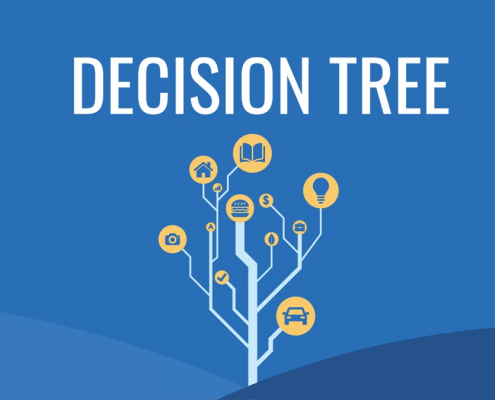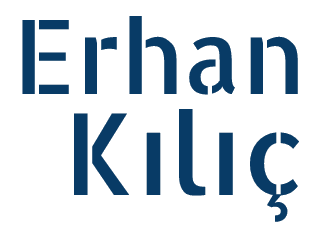Yazılar

Sinir Ağları ve Uygulamalarına Derinlemesine Bir Bakış
0 Yorumlar
/
Sürekli gelişen yapay zeka ve makine öğrenimi alanında,…

Karar Ağaçlarında Yaprak Düğümlerinin Rolünü Anlamak
Makine öğreniminde karar ağaçları, hem basit hem de güçlü…

Karar Ağaçlarında Dahili Düğümlerin Rolünün Anlaşılması
Makine öğreniminde karar ağaçları, hem basit hem de güçlü…

Karar Ağaçlarında Kök Düğümün Rolünü Anlamak
Karar ağaçları, makine öğreniminde hem basit hem de etkili…
